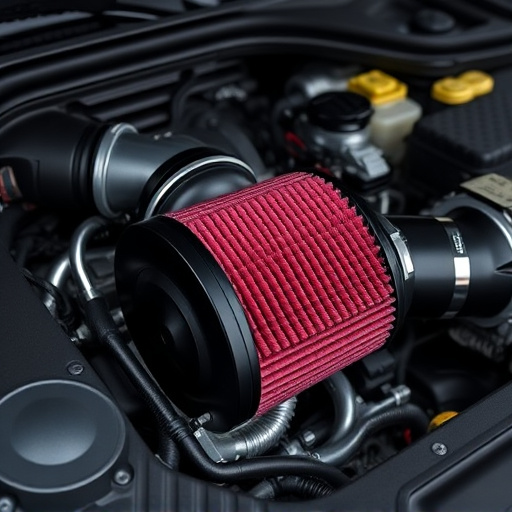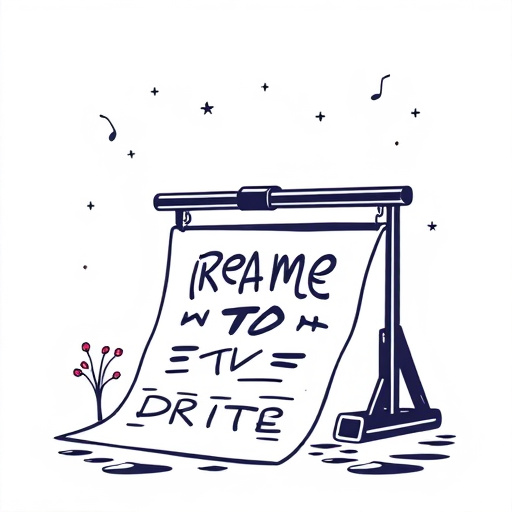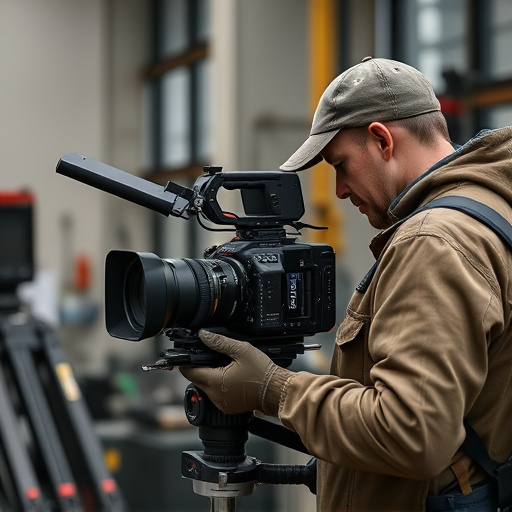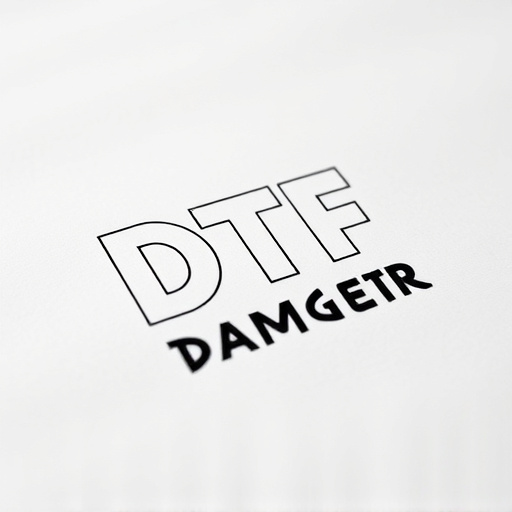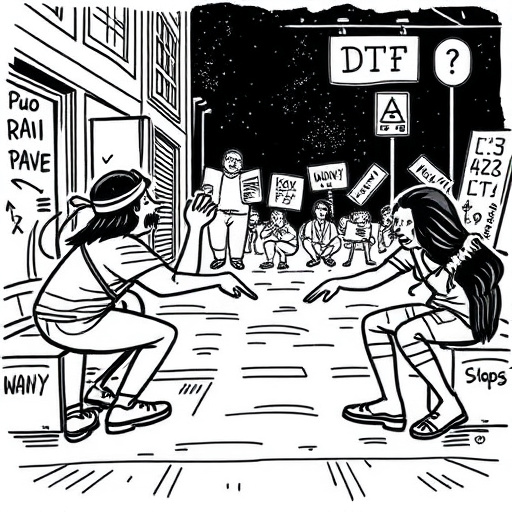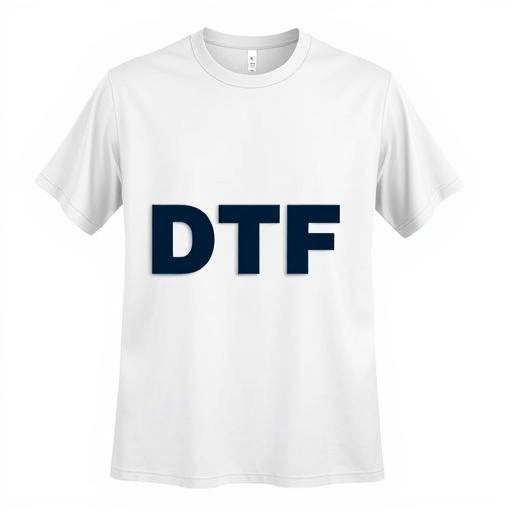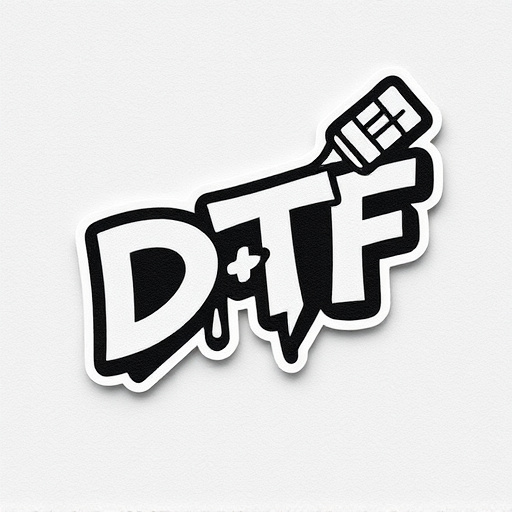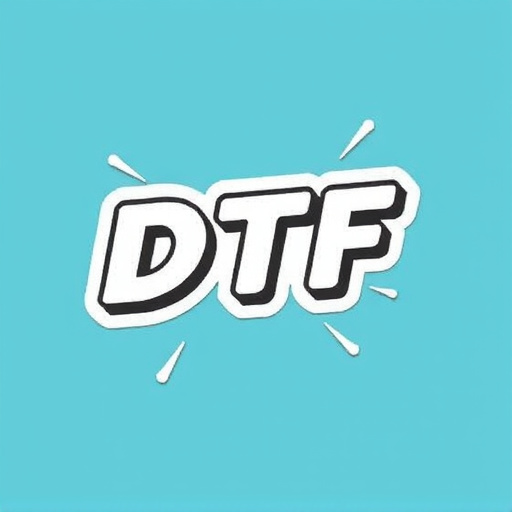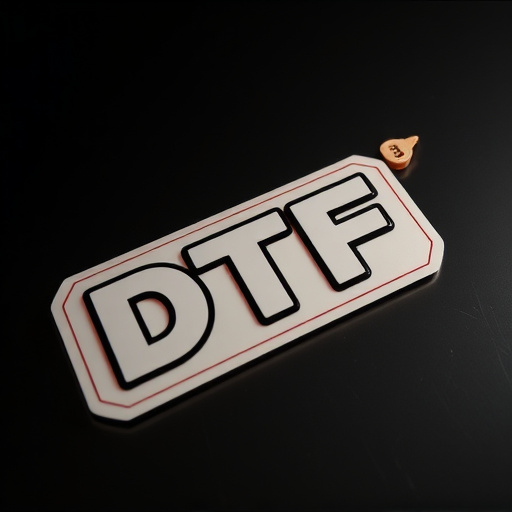DTF (Direct-to-Fabric) printing uses heat and pressure to create intricate designs on fabric by transferring ink from reversed images on special paper. It offers vibrant colors, accuracy, and versatility for light and dark fabrics, making it popular for custom apparel. Sublimation, a related process, infuses dye directly into fibers, providing long-lasting colors ideal for light fabrics. DTF excels in quality for detailed graphics on lighter fabrics, while sublimation is more cost-effective for larger orders. DTF's flexibility allows printing on various materials and shapes beyond clothing.
In the realm of fabric customization, DTF (Direct to Fabric) printing has emerged as a game-changer, offering a modern alternative to traditional methods. This article delves into the world of DTF fabric printing, providing a comprehensive overview and comparing it to another popular technique: sublimation. We explore the intricacies of each process, analyze their quality, cost-effectiveness, and versatility, helping you understand why DTF printing might be the perfect choice for your next project.
- Understanding DTF Fabric Printing: A Comprehensive Overview
- The Sublimation Process: How It Works and Its Advantages
- Comparing Quality, Cost, and Versatility: DTF vs. Sublimation
Understanding DTF Fabric Printing: A Comprehensive Overview
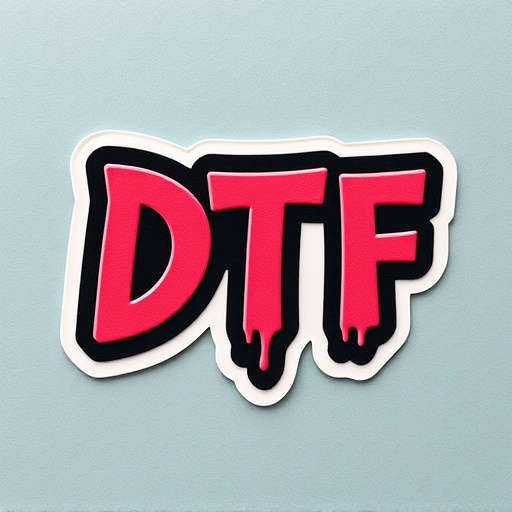
DTF Fabric Printing, or Direct to Fabric Transfer, is a cutting-edge technique that has revolutionized the apparel industry. It’s a direct printing method where designs are transferred onto fabric using heat and pressure. This process allows for incredibly detailed and vibrant prints on various materials, making it a popular choice for custom apparel production. DTF is particularly versatile as it can be applied to both light and dark fabrics, offering unparalleled creative freedom.
This technology involves creating a reverse image of the design, which is then printed onto a special paper. This print acts as a stencil, allowing ink to pass through specific areas when pressed against the fabric. The heat activates the inks, resulting in a long-lasting, high-quality print. DTF for apparel has gained traction due to its efficiency, enabling quick turnaround times and the ability to produce custom designs at scale while maintaining excellent color accuracy on dark fabrics, unlike traditional sublimation techniques.
The Sublimation Process: How It Works and Its Advantages
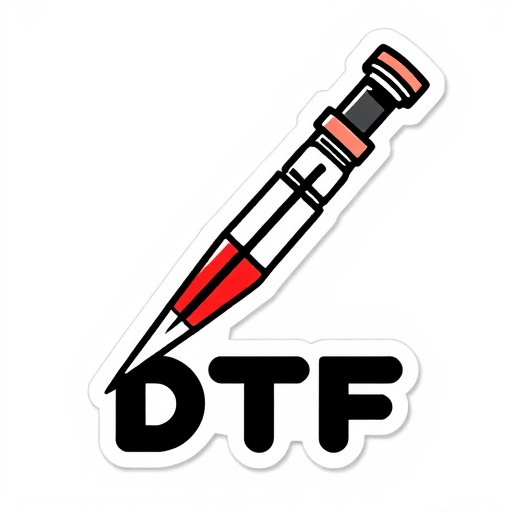
The sublimation process involves transferring dye directly into the fabric’s fibers through heat and pressure. This method is highly effective for DTF transfers onto a range of materials, including DTF for t-shirts. The process starts with applying a special ink to the substrate, which then absorbs the dye during the heat treatment. This results in vibrant, long-lasting colors that become an integral part of the fabric. Sublimation is particularly advantageous for DTF printing for light fabrics as it offers excellent color penetration and fast drying times.
One of the key benefits of sublimation techniques is their ability to produce high-quality, detailed designs with minimum blocking or flashing. This makes it a preferred method for creating custom apparel, allowing for complex and intricate patterns. Additionally, sublimation inks are durable and resistant to fading, ensuring that printed items maintain their visual appeal over time.
Comparing Quality, Cost, and Versatility: DTF vs. Sublimation
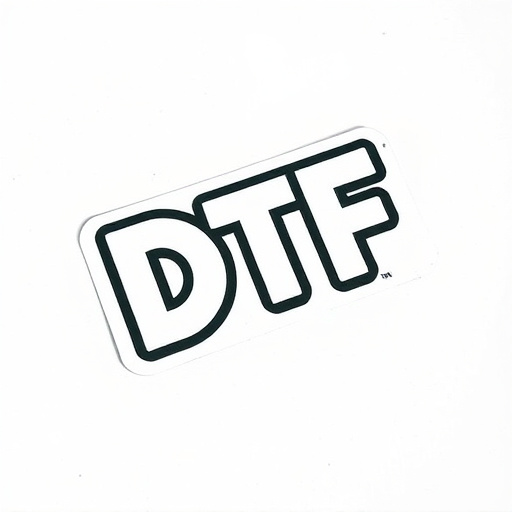
When comparing DTF (Direct-to-Film) fabric printing to sublimation techniques, several key factors come into play. In terms of quality, DTF printing stands out for its ability to produce vibrant and detailed designs on a wide range of fabrics, including lighter materials that sublimation may struggle with. This makes DTF an excellent choice for creating direct to film personalized hoodies and other garments that require intricate, full-color graphics.
Cost-wise, sublimation has traditionally been more affordable for larger orders due to its efficient use of ink. However, DTF printing offers a competitive alternative, especially for smaller batches or when producing unique, personalized items like logos DFT for clothing brands. Its direct approach eliminates some of the intermediate steps in the sublimation process, potentially reducing overhead costs. Moreover, DTF’s versatility allows for printing on various fabrics and shapes, making it suitable for a broader spectrum of applications beyond just clothing, such as home decor and accessories.
DTF (Direct-to-Fabric) printing has emerged as a game-changer in the textile industry, offering a versatile and cost-effective alternative to traditional sublimation techniques. While sublimation provides excellent image quality and durability, DTF printing simplifies the process, making it accessible for small businesses and enthusiasts. In terms of versatility, DTF fabric printing stands out, allowing for designs on various fabrics without the need for specialized equipment. As we move forward, DTF technology is likely to continue gaining traction due to its efficiency, making it a preferred choice for those seeking high-quality, personalized fabric prints at competitive prices.

